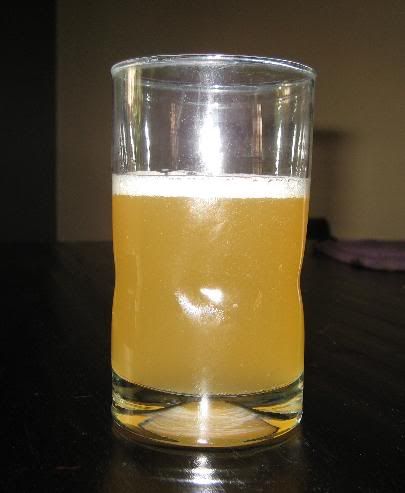I use a SS braid in a 48qt rubbermaid, and drain as fast as it will go. The only batch I had real efficiency problems with was when I miscalculated the sparge volumes and ended up with some water left in the mash after hitting my pre-boil volume. Luckily, I still wasn't too far off though.
There are a million variables that can effect your efficiency. The crush is a big factor. There could have been dough balls still, or water chemistry might be off, you didn't boil strong enough, or long enough, or your thermometer is mis-calibrated, forgot to stir batch sparge water into the mash, immersion chiller leaks water into the kettle, etc.. If you're like me and drink too much while brewing, it's easy to overlook little things too. No matter what happens, you usually end up with decent beer in the end, so if we just keep at it, eventually we'll nail down our process pretty well.
Congrats on your first all-grain batch! It's a good one.









